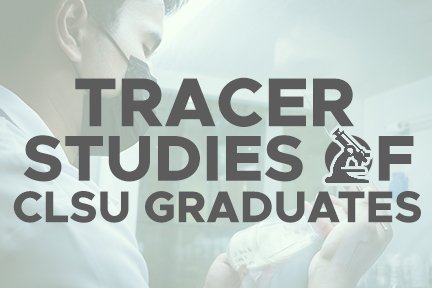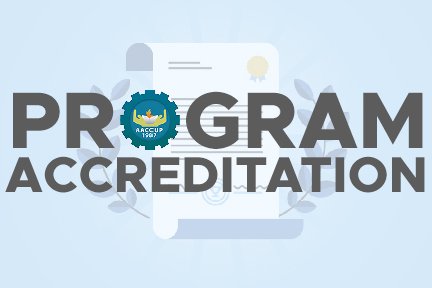Saving our waters is everybody’s responsibility

Imagine the world many years back when pollution is not yet in full circle - white clouds, birds flying, fresh air, clean water, the greenery and relaxing, if not comforting fragrance all over.
As the world population gets bigger, the waste materials leak into our air and waters. Then, here come the climate change, the global warming, the environment degradation, so to speak.
Imagine the world many years back when pollution is not yet in full circle - white clouds, birds flying, fresh air, clean water, the greenery and relaxing, if not comforting fragrance all over.
As the world population gets bigger, the waste materials leak into our air and waters. Then, here come the climate change, the global warming, the environment degradation, so to speak.
People’s activities and agricultural pollution eventually contaminate our different bodies of water. Significantly, rainfall washes wastes residue nutrients and pathogens into the aquatic ecosystems.
Pollutants find their places everywhere, posing threat and great alarm.
With the coming of time, more and more proactive measures are being undertaken so our waters can be protected, if not saved from the seeming down trod.
It was in 1972 that the concept of sustainable development received its international recognition at the UN Conference in Stockholm. Fifteen years later, the World Commission on Environment and Development had its definition of sustainable development as “development which meets the needs of the present without compromising the ability of future generations to meet their own needs”.
The conference in Rio De Janeiro in 1992 formed the concept of sustainable development during the United Nations Conference on Environment and Development attended by 100 heads of state and 178 national governments. The objectives of the summit were to act, plan and strategize.
The Sustainable Development Goals (SDGs) were born at the United Nations in 2012. The objective was to produce a set of universal goals that address environmental, political and economic challenges of our world. The 17 sustainable development goals are no poverty, no hunger, good health, quality education, gender equality, clean water and sanitation, renewable energy, good jobs and economic growth, innovation and infrastructure, reduce inequalities, sustainable cities and communities, responsible consumption and production, climate action, life below water, life on land, peace and justice and partnerships for the goals.
Seeing the picture now of what have become our waters. Should we then be proactive? We all live in one planet. Saving our waters is everybody’s responsibility.
How do we do that? educate people, become a volunteer, plant trees, re-use, re-cycle, farm sustainable seafood, reduce plastic wastes, avoid waste water disposal in freshwater and marine ecosystems like rivers, lakes, streams, estuaries and seas.
- OVPAA, IAO conduct executive session on internationalization
- Ten Pre-Service Teachers Join the SEA Teacher Program
- CLSU student, chosen for SSEAYP 2022
- CLSU-BSHM students win in the Philippine Culinary Cup, Executive Chef Networking
- Two BSIT Students advance in the ASEAN Data Science Explorers 2022 (ASEAN DSE) competition
In an effort to promote global opportunities and foster enduring international partnerships, the Council...
Aligned with SDGs 4 (Quality Education) and 17 (Partnership for the Goals), ten pre-service teachers...
Dan Paul Aaron Torres, a fourth-year BS Chemistry student at Central Luzon State University, has been...
Bachelor of Science in Hospitality Management students of the Central Luzon State University participated...
The ASEAN Data Science Explorers 2022 competition organized by the ASEAN Foundation and SAP Asia Pte...




